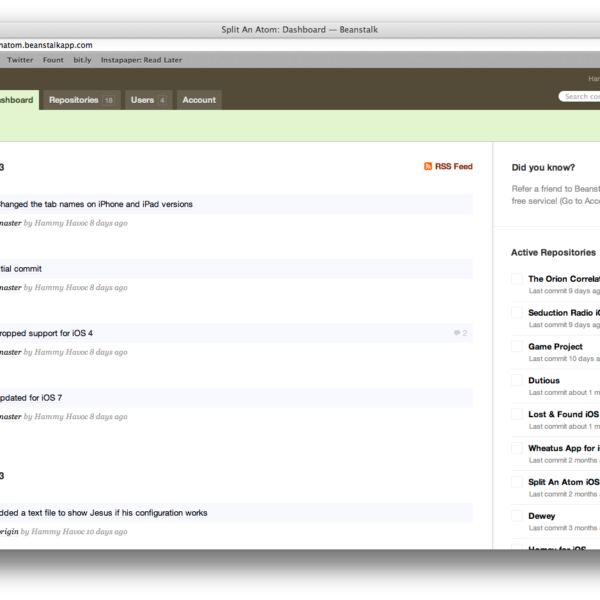File Replication is to duplicate a piece to create several of the same parts. It is the primary mechanism for enhancing data availability. It is a strategy for improving authenticity. It can allow you to duplicate or replicate multiple files, as many as you can. It is a technique for fault tolerance.
A file replication software is a constituent in Microsoft Windows Server which is a descendant to LAN Manager Replication service. It is utilized for distributing group policies and scripts to the security authentication server from where users may retrieve them through the servers.
If a file is replicated, and one of the replicas accidentally clashes, the system can still proceed and continue the work by converting it to the other model. This is just one of the many advantages of file replication. To know more of its dominance, keep reading.
It Can Mask and Allow Disappointment in the Network
This can increase availability and service by duplicating or replicating unfavorable data and files on servers. Which means you can repeatedly use the copies of the reproduced data once the original text is unavailable. Or if one of the sites with the same book fails, you can still obtain it from another website.
It Can Improve the System and its Performance
It can upgrade the production of the system and split the work. It allows a lot of clients’ appeals for the entry to the same file to be serviced in correspondent by contrasting servers that results in a better and improved system.
Queries Seeking Duplicated Copies of Files are Rapid
The dispensed database makes sure that the data is obtainable, especially when it is needed the most. Questions can respond faster.
Files Can Sync Among Different File Locations – FTP, Network or Local
While you can manually type and sync documents, a file replication software has a feature that enables you to sync files from different locations by using the compare settings.
It Can Reduce Network Traffic
Clients entry request can be maintained quickly. When multiple numbers of reading queries are initiated in a particular site, everything can be acknowledged locally.
Here are file replication software terminologies for some added information that might not be familiar to you.
- Replica– It means the exact copy of a particular file or data.
- Knowledge Consistency Checker– It is responsible for analyzing and modifying replication topology depending on the details received. It is also responsible for building connections between a server and for stimulating replication.
- Outbound Partner– It is a system to which a different data is being replicated.
- Inbound Partner– It is a replica set that attributes to the system that has the changed data and needs to duplicate.
- Initial Master– It is the first or the original replica which other replicas are from.
- Multitasker– In file replication software, the systems are all considered equal. There is no primitive and unimportant nomenclature.
File Replication Software provides the foundations for a quantity of Windows services. It is the best tool to increase productivity, lessen the cost, and improve the security of data.
Image Credits: Taylor Vick




Like this article? Share with your friends!